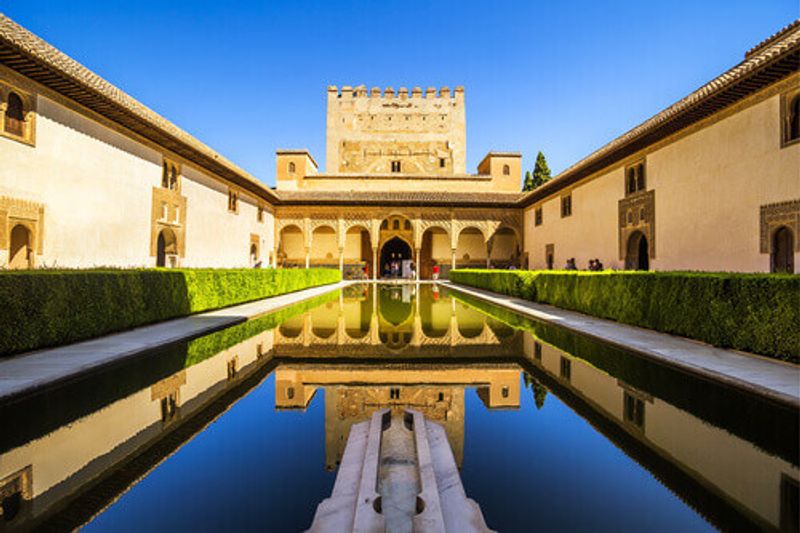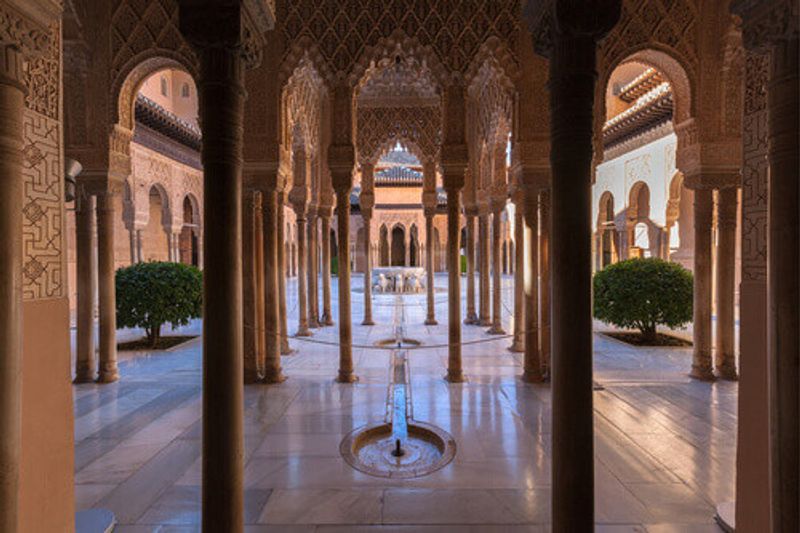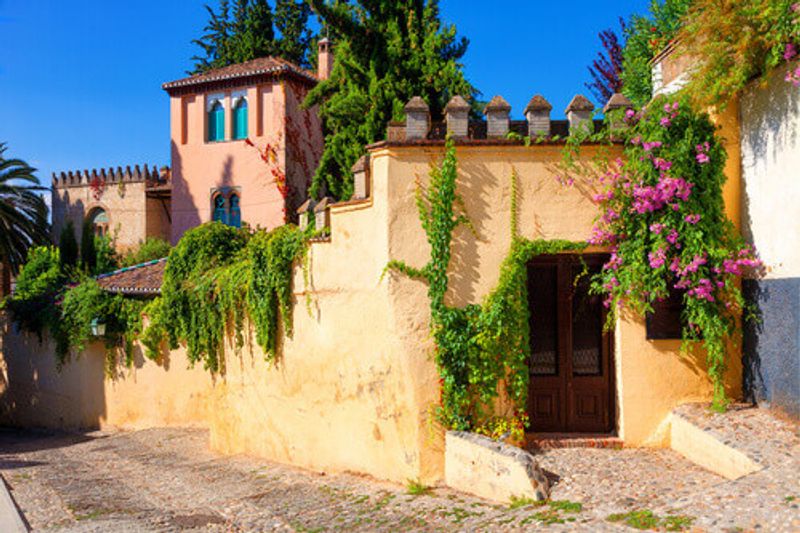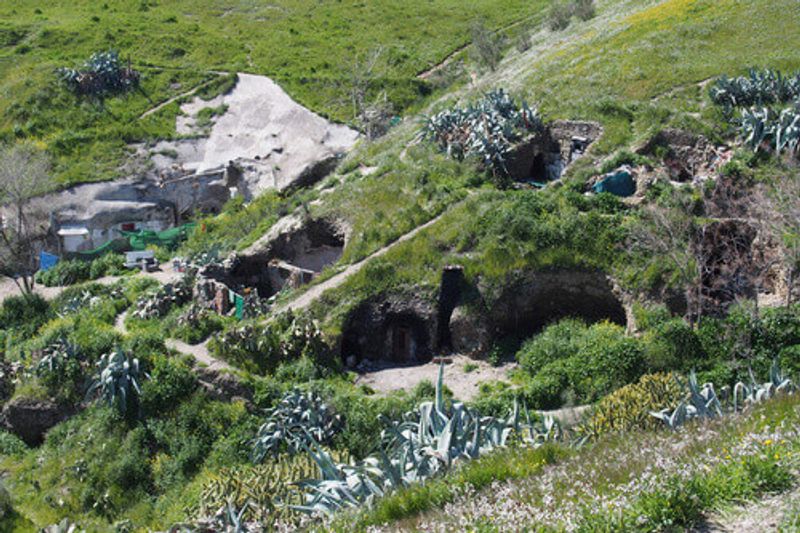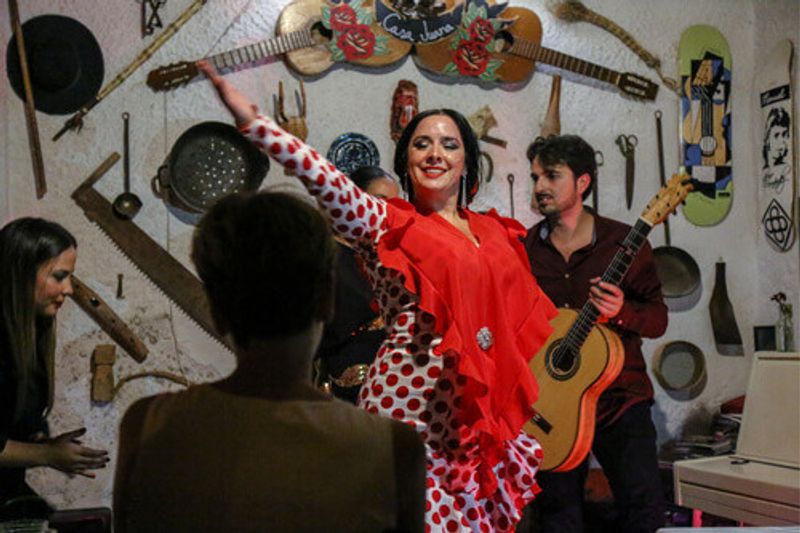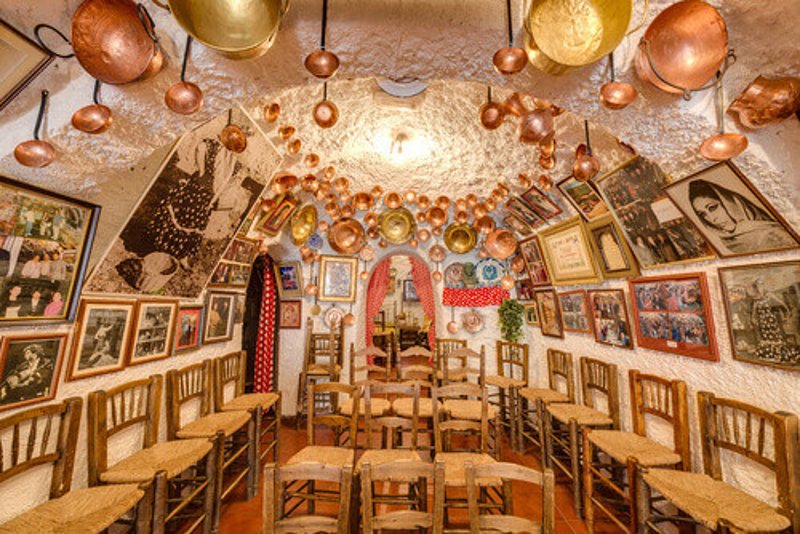This ancient Moorish city is where flamenco originated – born from a hybrid mix of Arabic and gypsy refugee music
Granada sits at the foot of the Sierra Nevada mountains in Andalusia in southern Spain. It was the last enclave of the Spanish Moors who had controlled the Iberian Peninsula from the 8th century until the end of 15th century when the Spanish completed the Reconquista or the Christian re-conquest.
The 800 years of Moorish influence can still be seen clearly today, not least in the famous Alhambra – the Islamic citadel. The Palace City, was first built in the 11th century but it wasn’t until the 13th century that the inner palace was built during the kingdom of Muhammed I of Granada. In 1492 as the Moors were forced out, Catholic Monarchs Ferdinand and Isabela took up residence in the palace and it was from here that Christopher Columbus asked for permission to set sail on his westward journey.
As well as the Alhambra and the adjoining Generalife Summer Palace, Islamic architecture can be seen throughout Granada in horseshoe arches, the winding cobbled streets in the Albaicin, the old Moorish quarter. In this quarter the two cultures still rub shoulders together as tapas bars, jostle up against tea houses, and olive sellers sell their wares next to spices merchants at the Arab bazaar on the Bib-Rambla.
Up the hill from Albaicin is Sacromonte – the Sacred mountain – Granada’s famous gypsy quarter. And it is from two different cultures, forced to jostle together within this mountain, that flamenco was first born.
People had dug caves into the soft mountain rock of Sacromonte for centuries but when the Catholic monarchs took back control of the city, and the Moors were pushed out of the city, they fled on to the Sacromonte. A community of gypsies had made the mountain their home as well, after they too had been moved on by the Spanish kings, and here the two cultures rubbed together as they lived side by side in caves carved from the hillside.
During this period, the Spanish inquisition banned Moorish celebrations, forcing them literally underground, deep into the caves. Parties with music celebrating marriage were called Zumra in Arabic, from this is from where the term Zambra Gitana (meaning The flamenco of Granada) comes from.
This mixing of Moorish and gypsy cultures in the caves of Sacromonte in the Arab quarter of Granada is where Flamenco originated and evolved into the art form we know today. While it has spread across southern Spain, the caves of Sacromonte are still used as homes and tablaos – (flamenco stages) for the gypsy community. Flamenco dancers perform their haunting music and intense dances daily and the constant tapping of shoes on wood, the clapping of hands, and strumming of guitars can be heard late into any night.
There are many tablaos in the Sacromonte hills – Zambra María la Canastera, named after one of the city’s most famous flamenco stars, is one traditional white-washed small room, where intimate performances are shown. Or, for a venue with a bit more air, try Venta El Gallo, which also has a fabulous roof terrace, and great views across the town.
